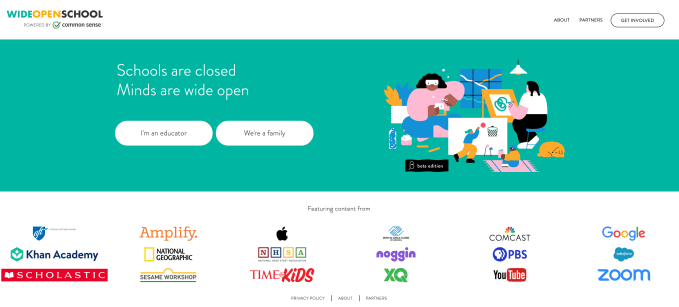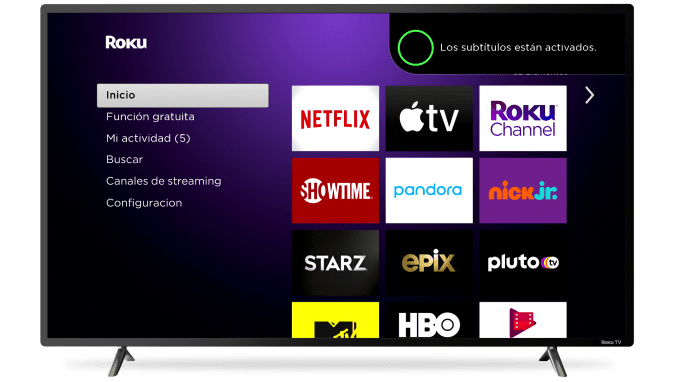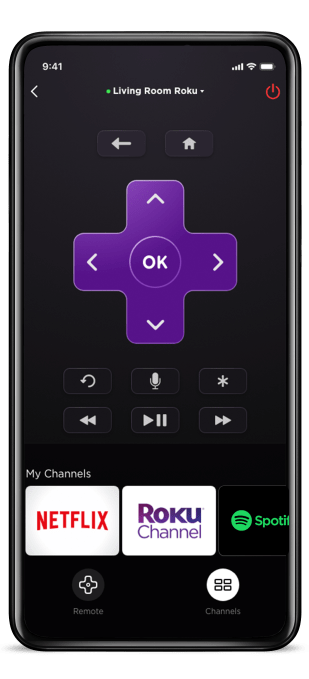Virtual reality has been two years away from mainstream adoption for the past six years. In that time, huge companies have made big VR bets only to walk away, countless VR startups have faded or flared out and investment has slowed significantly.
Building an attractive VR product for large enterprises to train employees remotely has remained one of the few major areas of opportunity, one that has been largely dominated by Strivr, which just locked down new funding.
The VR training startup has raised a $30 million Series B round led by Georgian Partners, a Canadian firm that hasn’t been very active in the AR/VR space. CEO Derek Belch says the company ended up pitching a few dozen firms in this raise, and that while the feedback was “overwhelmingly positive,” there were certainly some skeptics.
“Everyone knows that VR has been slower to adopt and tougher to anticipate,” Belch told TechCrunch.
While AR/VR startups seemed to be raising money left and right in 2016 when Strivr closed its seed round, the market is much sparser in 2020 after years of missed estimates and a relentless parade of shutdowns.
While consumer AR/VR companies have almost unilaterally struggled to get off the ground in recent months, there has still been movement among enterprise offerings. Earlier this month, a competing VR training platform, Talespin, closed $15 million in funding. In late January, enterprise AR/VR teleconferencing app Spatial locked down $14 million. HaptX, which makes a high-end VR glove for enterprise use cases, nabbed $12 million in December.
Landing post-Series A funding has remained a tough challenge for VR enterprise startups where players are often positioning themselves to be judged in relation to their VR peers rather than to a Salesforce, Box or Atlassian.
“Nobody can get beyond a pilot program,” Belch said. “Investors want to know how real this market is and where the target is.”
Strivr emerged from Belch’s research at Stanford back in 2014 as a virtual reality application made to help football players train off the field. CEO Derek Belch had previously been a kicker for Stanford’s football team and his co-founder Jeremy Bailenson led the school’s Virtual Human Interaction Lab, a leading research hub that Facebook CEO Mark Zuckerberg visited while doing diligence on the Oculus deal.
As virtual reality gear was further commoditized and investment in the space grew hotter, Strivr soon pivoted from sports training towards workplace training, pitching their solution as a better way for companies to hand top-down instruction to employees. Their software offering is often a combination of interactive 360 videos and computer-generated scenarios that require more active participation from a trainee.
While other VR startups have pushed to integrate phone or tablet-based experiences, Belch says that he has pushed back on customer requests to move away from headset-only experiences towards phone-based 360-degree videos.
“Those are not our disruption, those are gimmicky and a cheap way to bring a new logo on,” Belch says.
The company’s customer base now includes FedEx, JetBlue, Verizon and BMW. Their biggest get was a deal with Walmart in 2017 that eventually grew into a company-wide rollout across all of their stores, a massive deal that Belch says has been a “blessing and a curse” due to the rollout’s scale.
“You have to be smart in terms of what you do that’s Walmart specific,” Belch told TechCrunch. “They’ll swallow you whole if you let them.”
Alongside the company’s funding news, the startup has announced that they’ve received a patent to use motion data to predict how effective users will be at the real world task post-training. Strivr now has 22,000 VR headsets out in the wild, which Belch says have registered 1.6 million sessions. The hardware is all from Oculus.
Strivr is in the fortunate position of closing this deal ahead of the recent pandemic-related market uncertainty– a situation that has complicated their ability to meet with prospective customers and has raised issues with sanitation that Strivr says they have addressed. While Belch sees this Series B as a validation of the customer feedback he’s gotten, he also knows that the VR industry remains fraught with challenges.
“Thirty million doesn’t last very long if you’re stupid, we’re going to make sure we’re very smart about it,” Belch says.



 Common Sense says it also worked with key distribution and technology partners Apple, Google, Zoom, Comcast, Salesforce, and Zoom, which have also suggested tools and resources, to ensure they’re aware of and can access the content.
Common Sense says it also worked with key distribution and technology partners Apple, Google, Zoom, Comcast, Salesforce, and Zoom, which have also suggested tools and resources, to ensure they’re aware of and can access the content.


